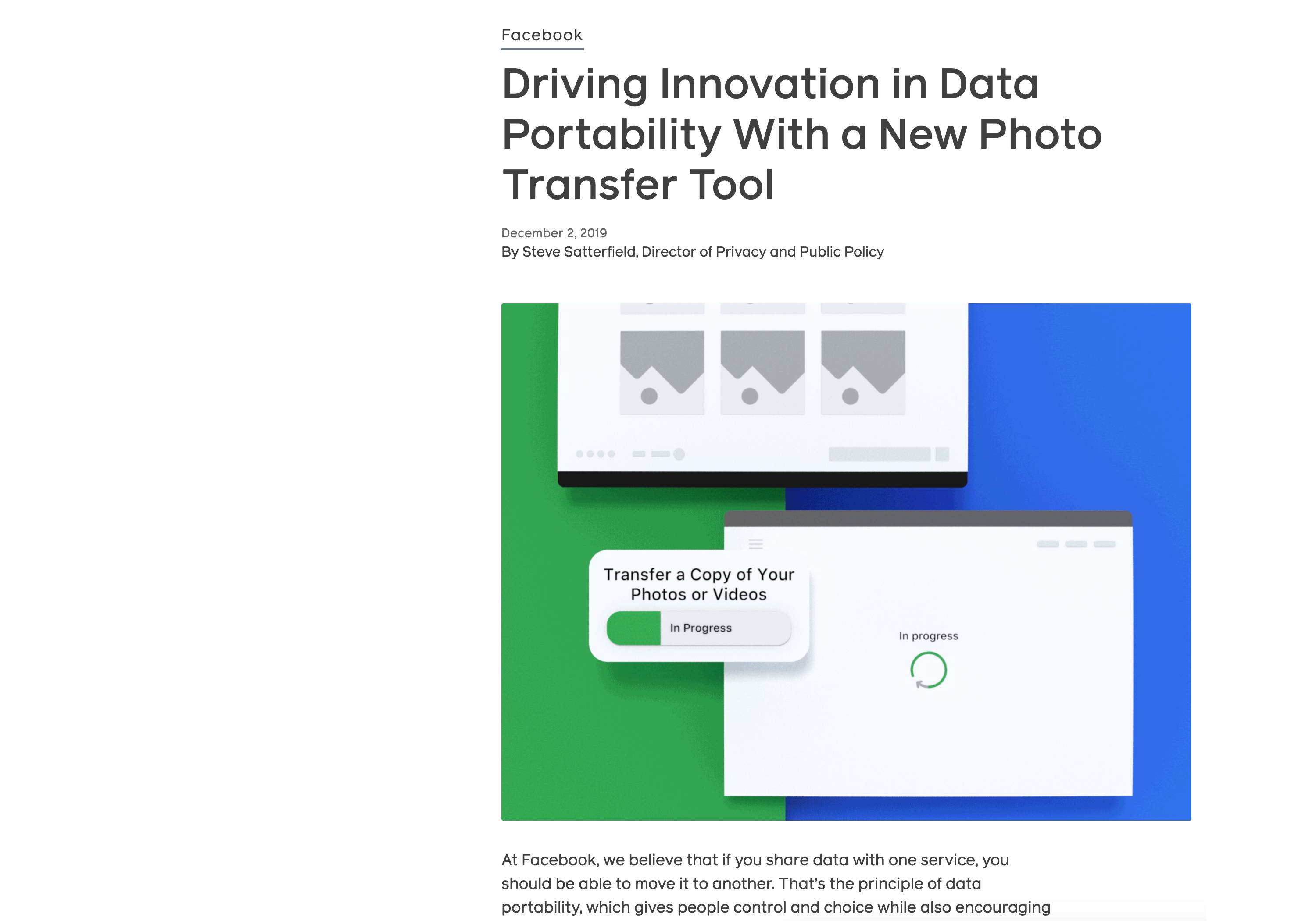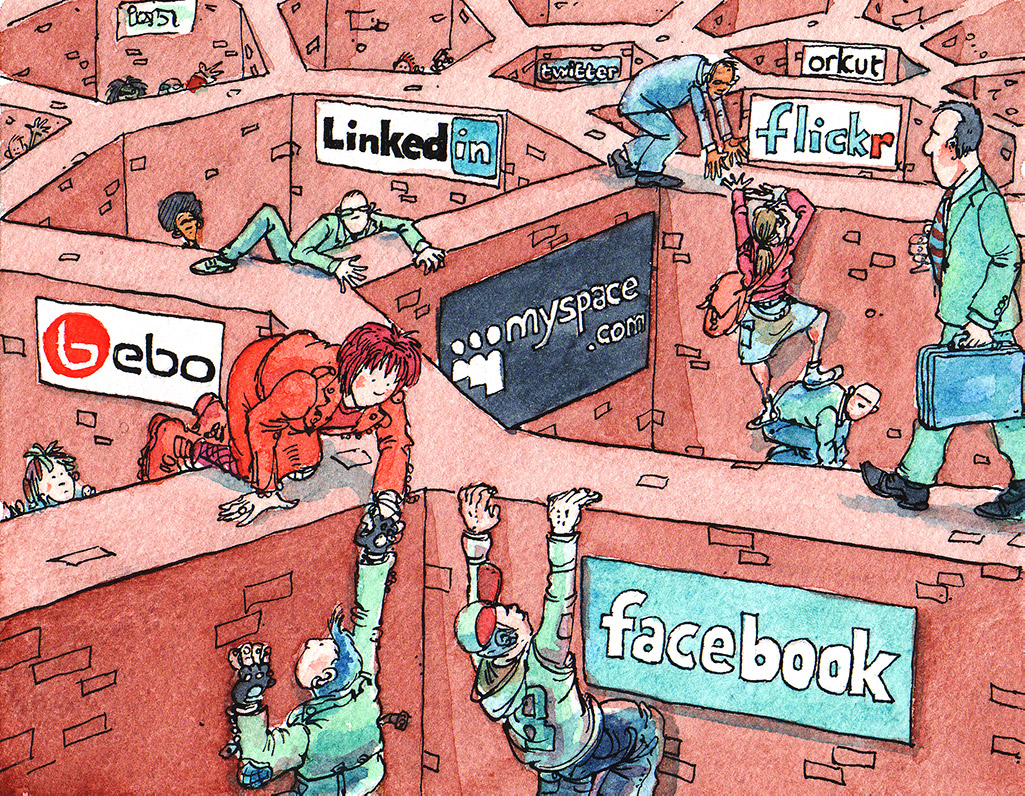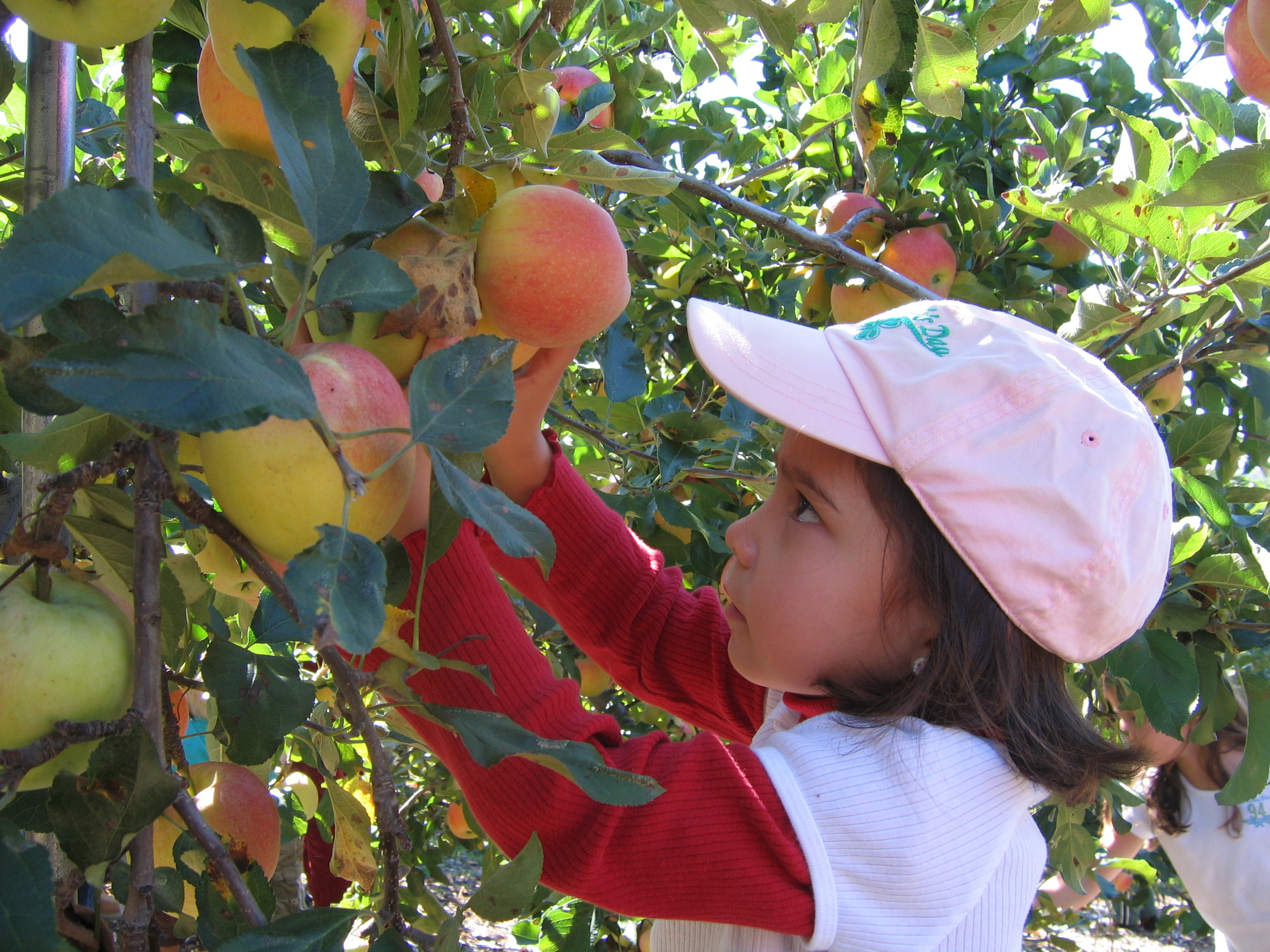
Ruben Verborgh, Ghent University – imec
FITC Amsterdam, 25 February 2020
Ruben Verborgh
Ghent University – imec

We don’t have a privacy problem,
we have an innovation problem.
With Solid, we aim to
redefine the relationship
between people, their data,
and the apps they use.

Anyone can say anything about anything.


Sign in with Facebook to see this content.
Facebook works better with the native app.

The Facebook founder has no intention of
allowing anyone to build anything on his platform
that does not have his express approval.Having profited mightily from the Web’s openness,
John Naughton, The Guardian
he has kicked away the ladder that elevated him
to his current eminence.
![[photo of a ladder]](images/ladder.jpg)
Solid is about choice.
The Solid ecosystem enables people
to pick the apps they need,
while
storing their data wherever they want.
People control their data,
and share it
with the apps and people they choose.

<LoggedIn>
<p>Welcome, <Value src="user.firstName"/></p>
<Image src="user.image" defaultSrc="profile.svg"/>
<ul>
<li><Link href="user.inbox">Your inbox</Link></li>
<li><Link href="user.homepage">Your homepage</Link></li>
</ul>
<h2>Your friends</h2>
<List src="user.friends.firstName"/>
</LoggedIn>The best way to predict
Alan Kay
the future is to invent it.
![[photo of Alan Kay]](images/alan-kay.jpg)
The best way to invent
John Perry Barlow
the future is to predict it.
![[photo of John Perry Barlow]](images/john-perry-barlow.jpg)